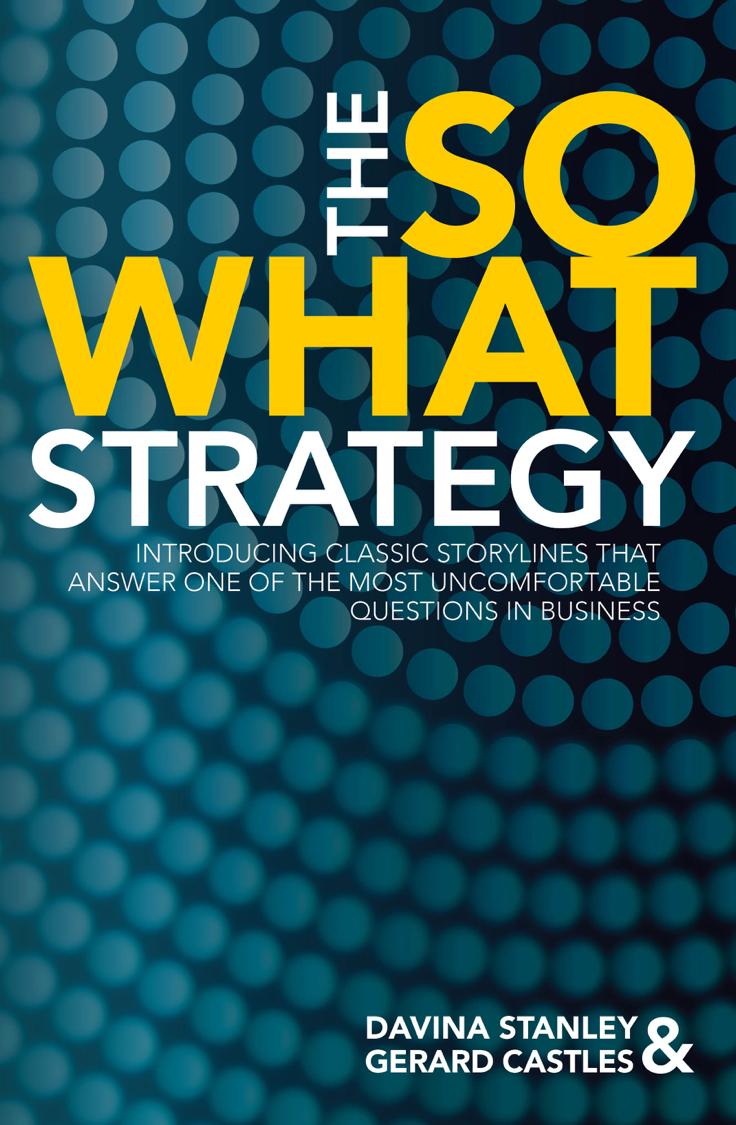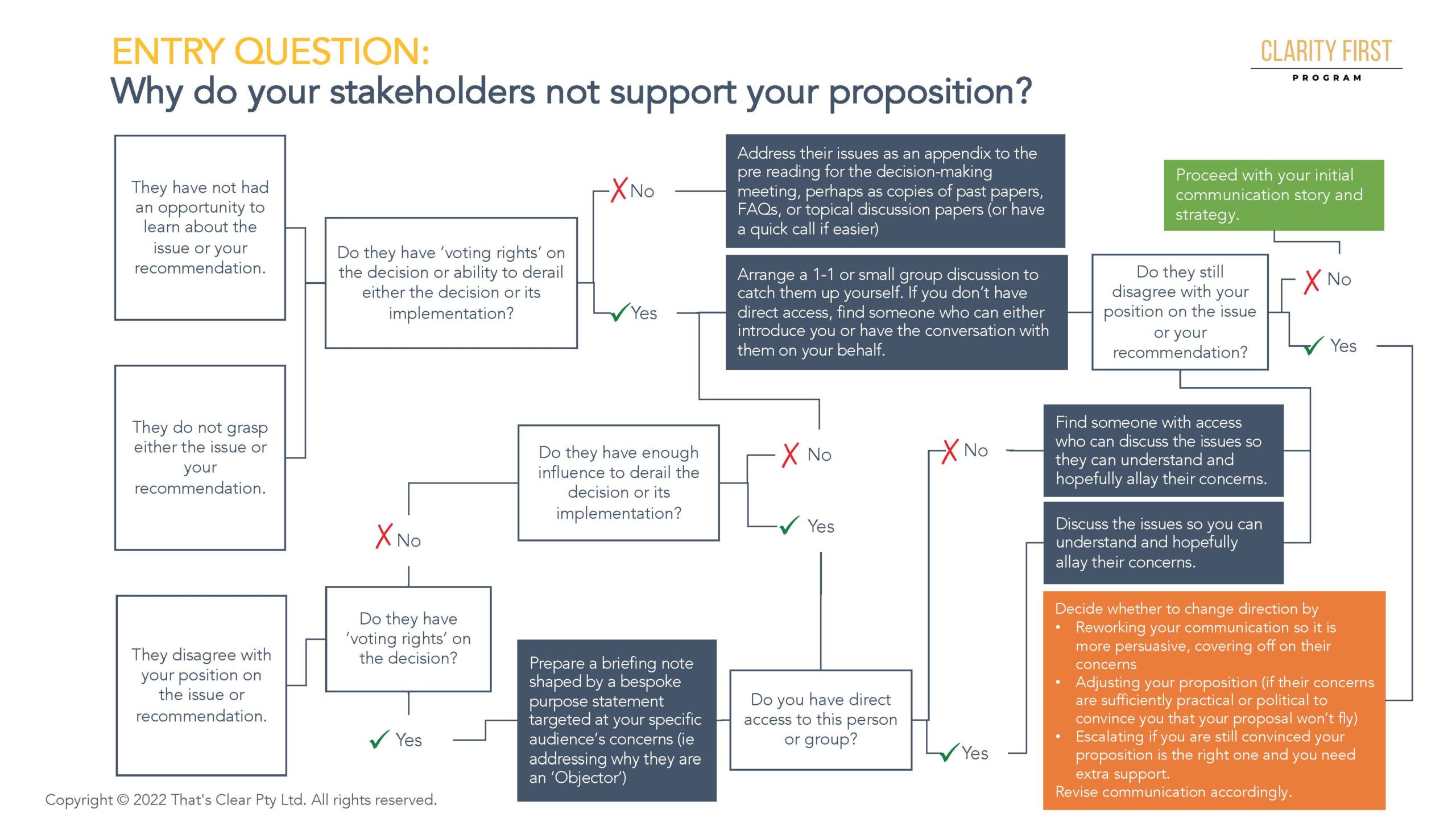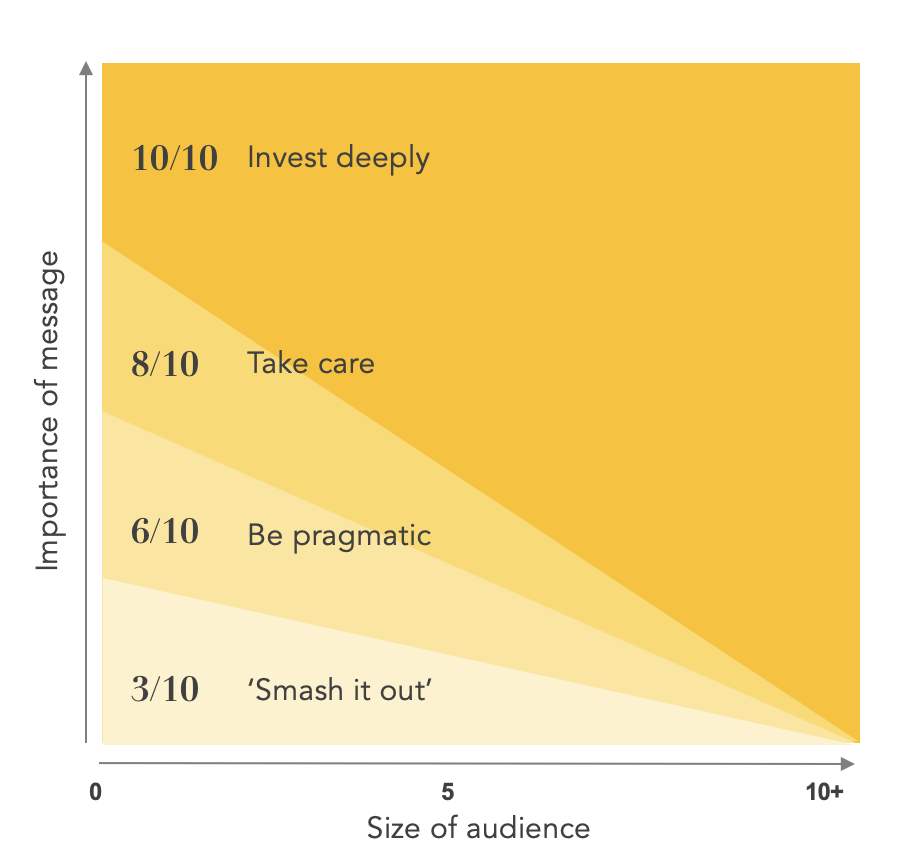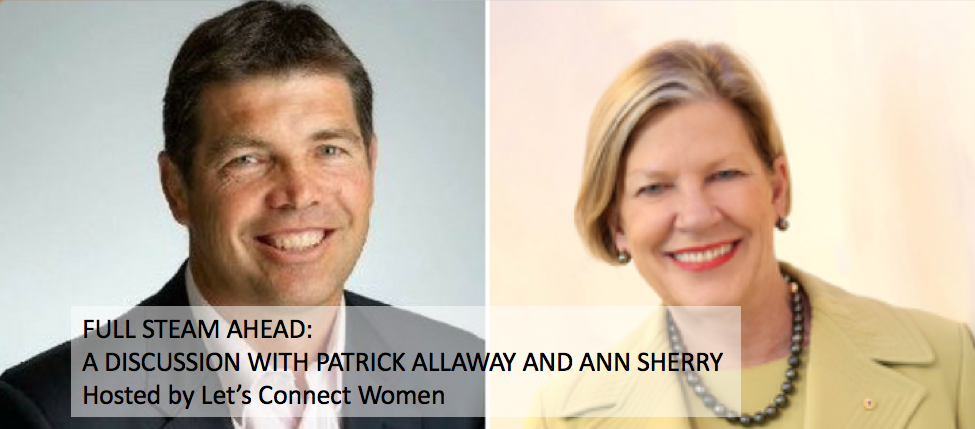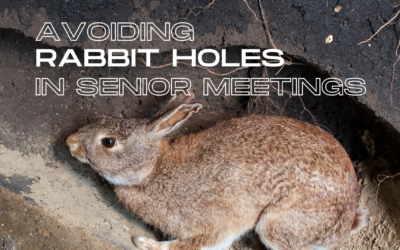
INTERVIEW – Busting 3 Business Negotiation Myths
I came to Friday's interview with Matt Lohmeyer a bit selfishly. Negotiating has often made me nervous and yet he seems to thrive while discussing and doing it.
So, I wanted to learn how he gets great outcomes while actually enjoying the process.
If I am to interpret Matt correctly, the ‘insight' is to explore ‘possibility’ and seek out ‘opportunity’ rather than be driven by the fear of being cornered by a win/lose proposition.
Here are three fear busters that I took away that I hope help you also.
- Deal with the hairy beasts first
- See popular techniques as tools rather than the main strategy
- Avoid saying no
Let me now give you some more detail about these before offering the video recording and two powerful and free tools from Matt.
1 – Deal with the hairy beasts first. By that, Matt suggests dealing with the most difficult issues of a negotiation first. He recommends agreeing the negotiation strategy at the beginning as a way to build rapport, rather than dealing with small items. An example might help.
At the beginning you might ask the other person (note, I am deliberate in not saying ‘the other side') to identify their biggest concern. You might even suggest that you think item X is going to be the most difficult thing to resolve.
This gives them an opportunity to agree or to indicate that item Y or Z is a bigger deal for them. Taking this approach offers many advantages. You
- Enter into a collegiate discussion about the way forward that builds rapport
- Gain insight into their situation
- Work out quickly whether this negotiation will go far or not, so that you can avoid wasting time and resources if it is unresolvable
- Hold onto valuable bargaining chips that could help you address the hairy beast rather than trading them away to solve lower level issues
2 – See popular techniques as tools rather than the primary strategy. Matt suggests that emphasising win-win solutions or splitting the difference results in mediocre outcomes. Why?
Because they leave you thinking small. They lead you to
- Being adversarial which can put you back in the fear corner'
- Trading items tit for tat around micro elements of the deal
- Taking energy away from finding a really great outcome that neither party may have considered at the start of the discussion.
3 – Avoid saying no, and frame your response as a possible alternative. This doesn't mean NEVER saying no as Matt was quick to point out, but rather avoid saying it.
To give an example. Instead of saying ‘No, I can't have coffee with you tomorrow afternoon', say ‘I could have coffee with you at 9am tomorrow at a location near me'.
This then puts the onus back on the other person to decide whether they will make the extra effort to make that time and location work.
This is a simple example, but a powerful principle that empowers me by offering a constructive way out.
These are just some of the gems that Matt shared. You can visit the recording below as well as download two powerful resources he has for us all.
DOWNLOADS:
1. A diagnostic to help you calibrate your personal blend of preferred negotiation strategies with the norm group of over 2,500 other executives. How do you actually negotiate? To unlock this tool, you will need to use the password Mythbusters.
2. A generously detailed PDF full of negotiation strategies for you to employ – register below to receive access to Matt's eBook:
Kind Regards,
Davina

PRESENTED BY DAVINA STANLEY
I love what I do.
I help senior leaders and their teams prepare high-quality papers and presentations in a fraction of the time.
This involves 'nailing' the message that will quickly engage decision makers in the required outcome.
I leverage 25+ years' experience including
- learning structured thinking techniques at McKinsey in Hong Kong in the mid 1990s before coaching and training their teams globally as a freelancer for a further 15 years
- being approved to teach the Pyramid Principle by Barbara Minto in 2009
- helping CEOs, C-suite leaders and their reports deeply understand their stakeholder needs and communicate accordingly
- seeing leaders cut the number of times they review major papers by ~30% and teams cut the amount of time they take to prepare major papers by ~20%*
- watching senior meetings focus on substantive discussions and better decisions rather than trying to clarify the issue
My approach helps anyone who needs to engage senior leaders and Boards.
Recent clients include 7Eleven, KPMG, Mercer, Meta, Woolworths.
Learn more at www.clarityfirstprogram.com
(*) Numbers are based on 2023 client benchmarking results.




